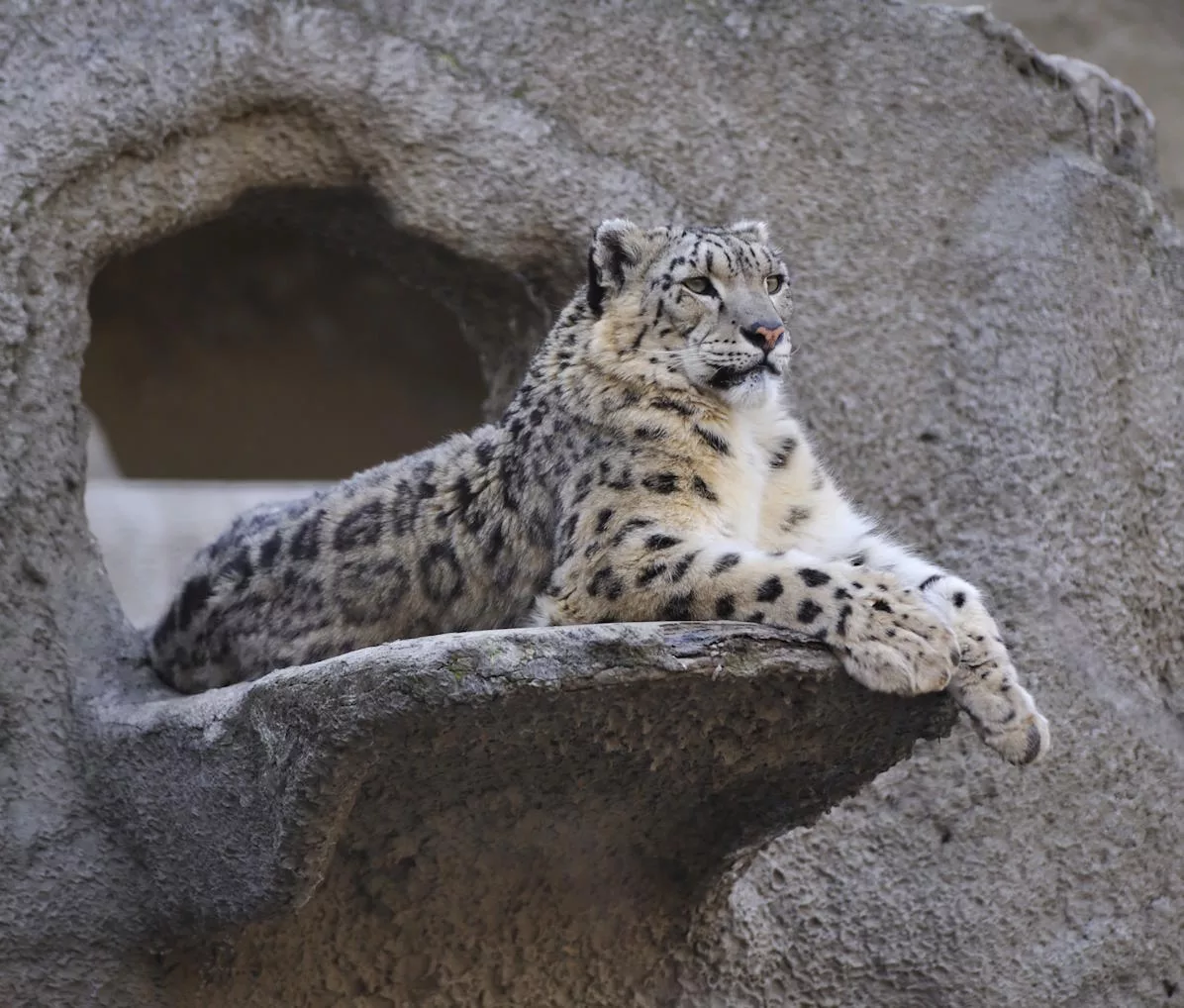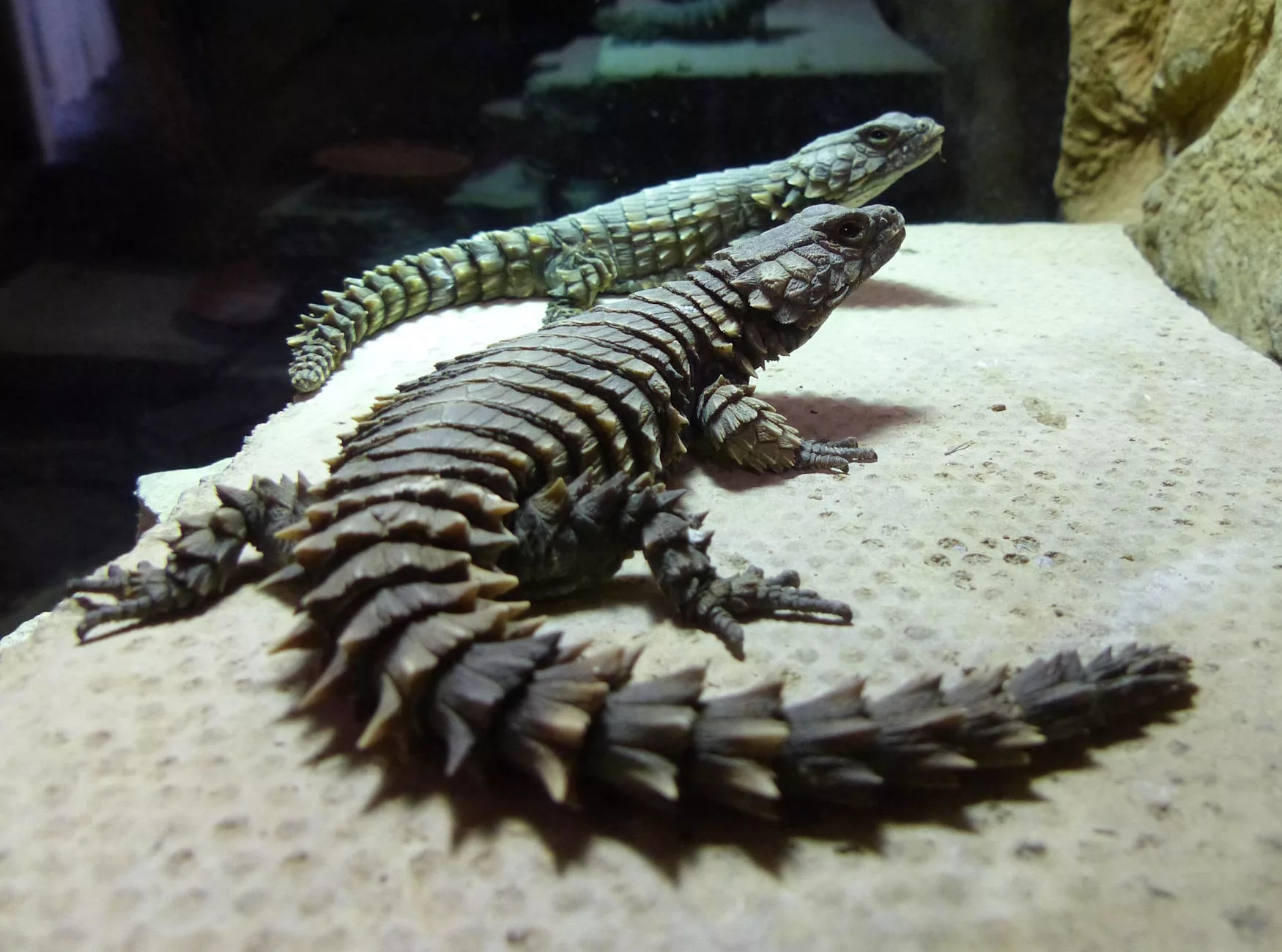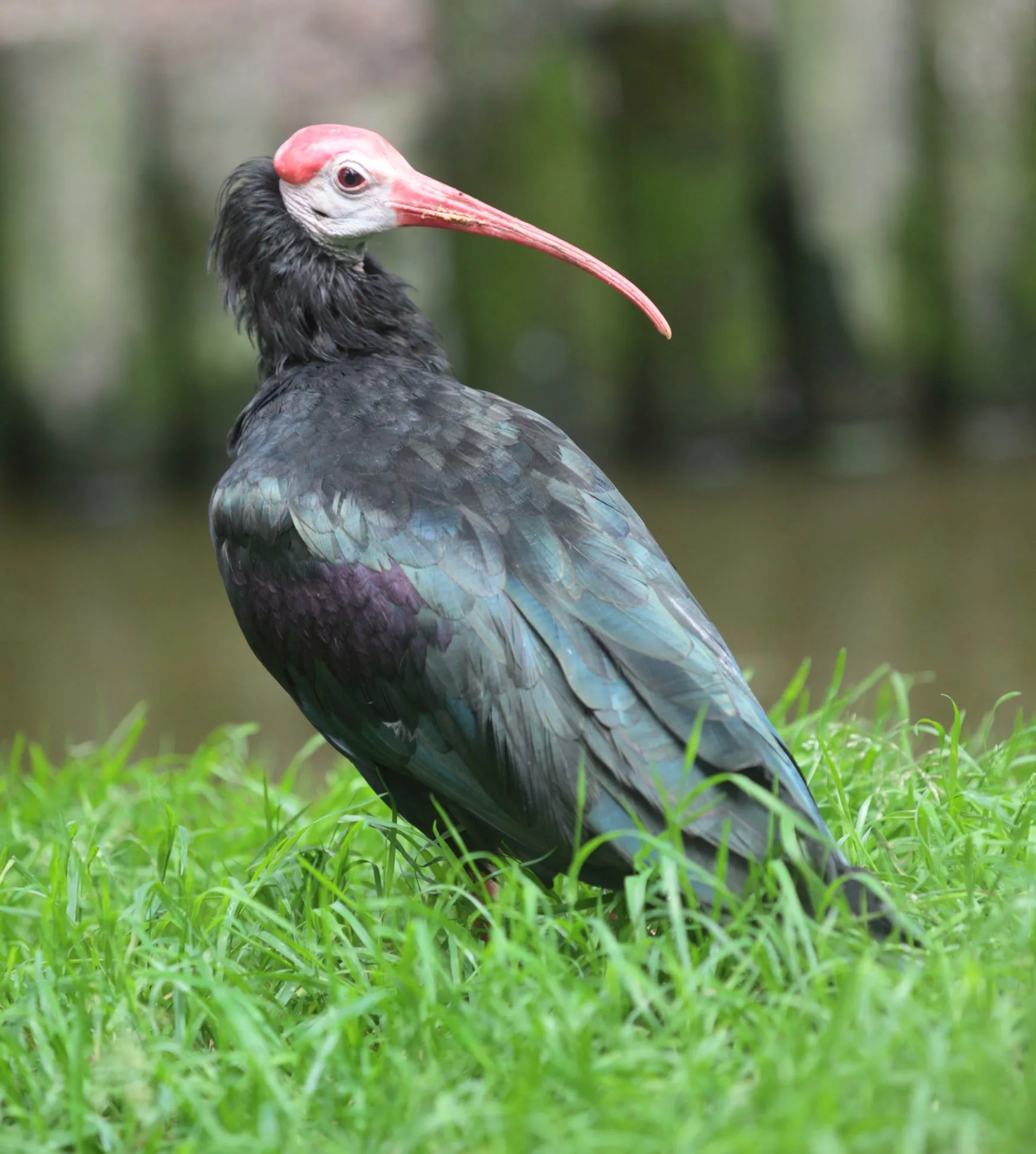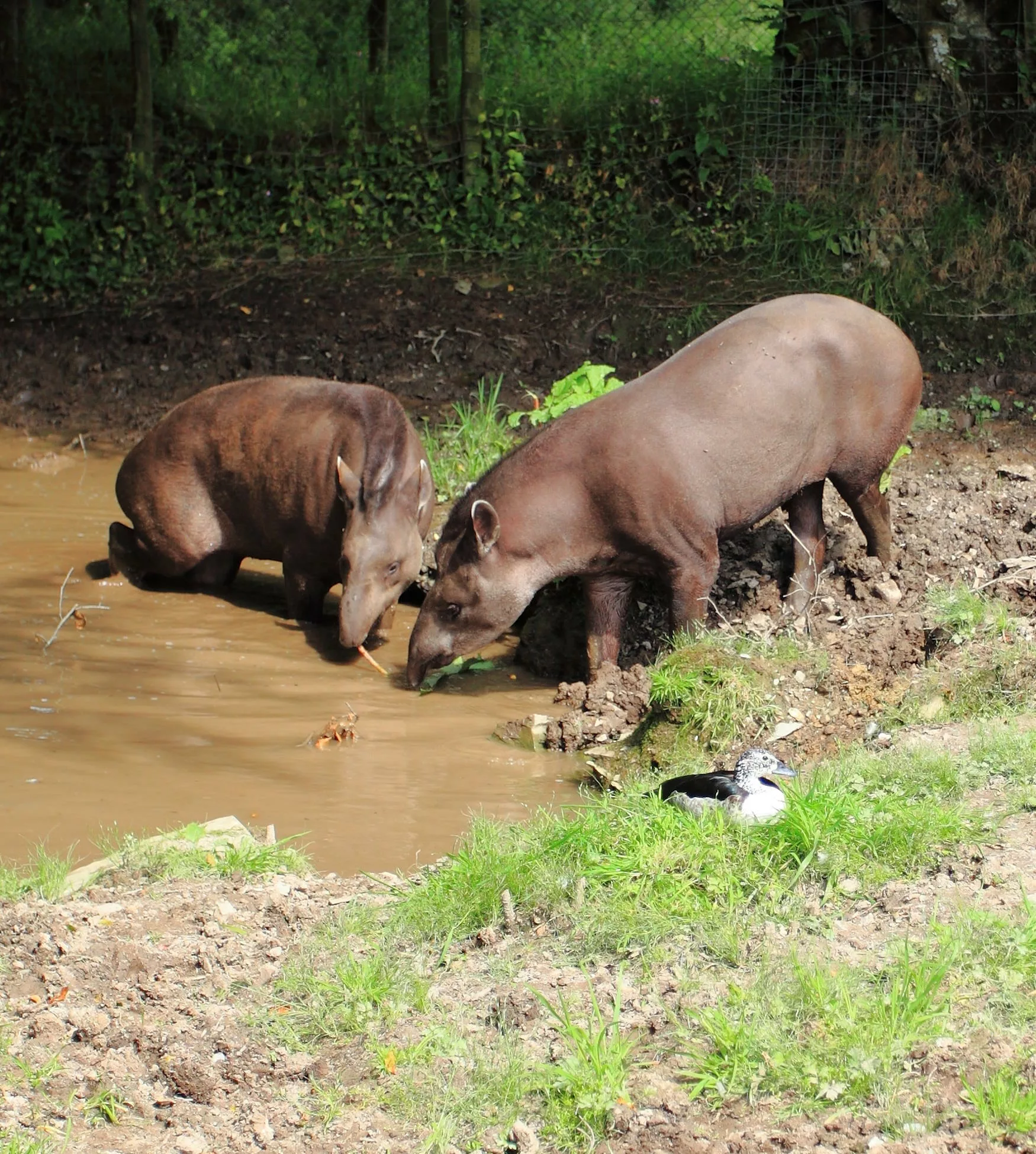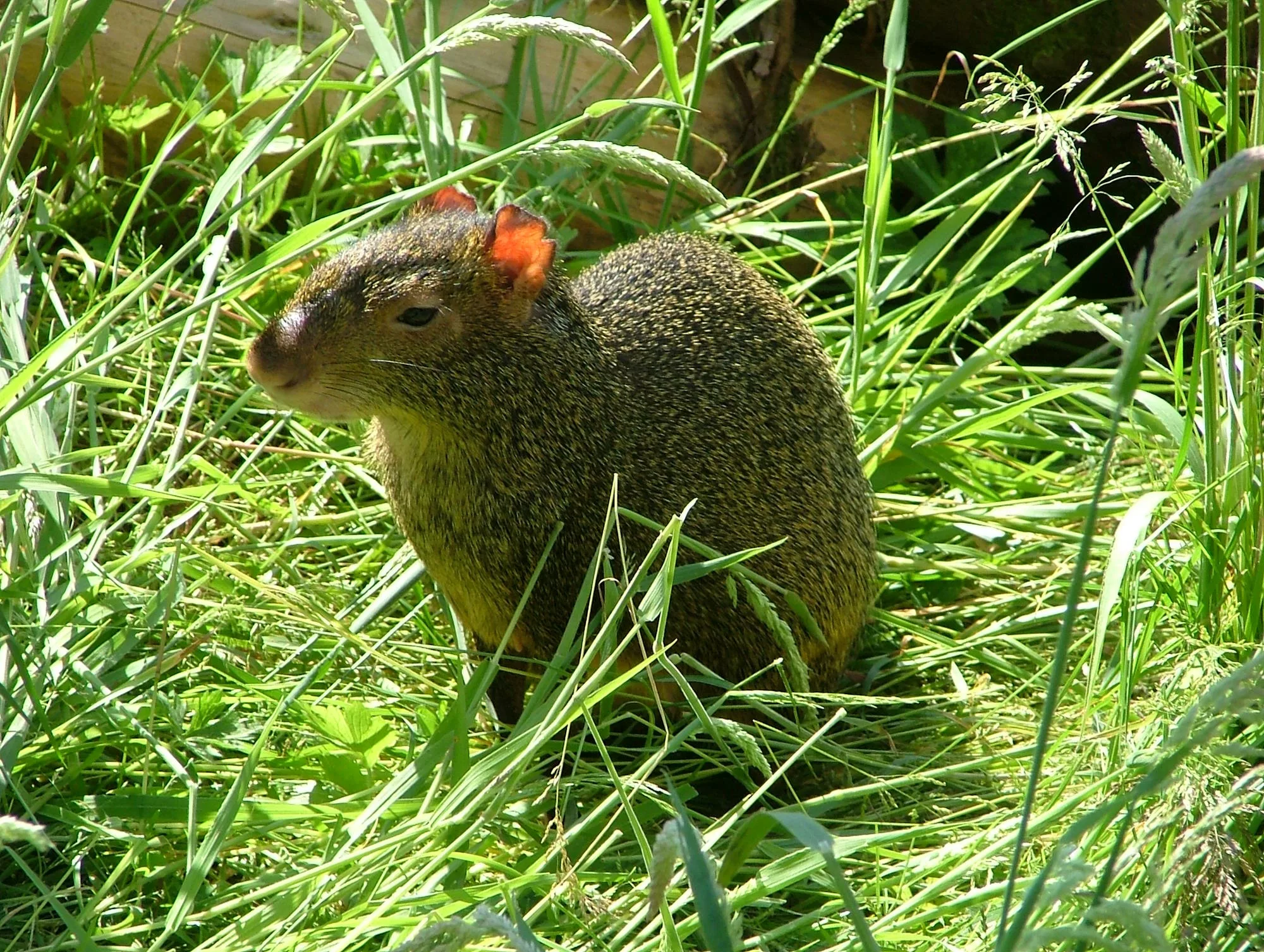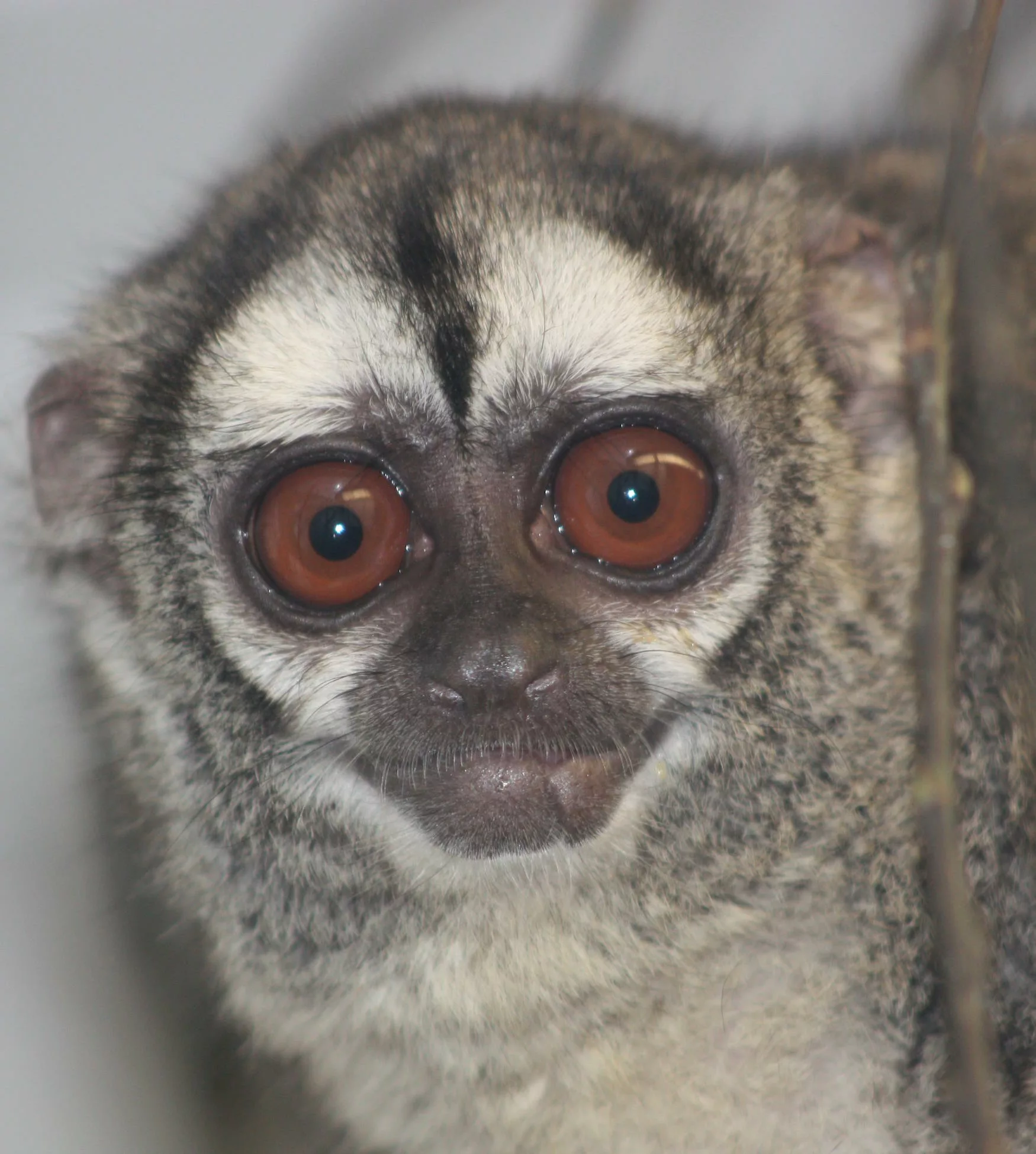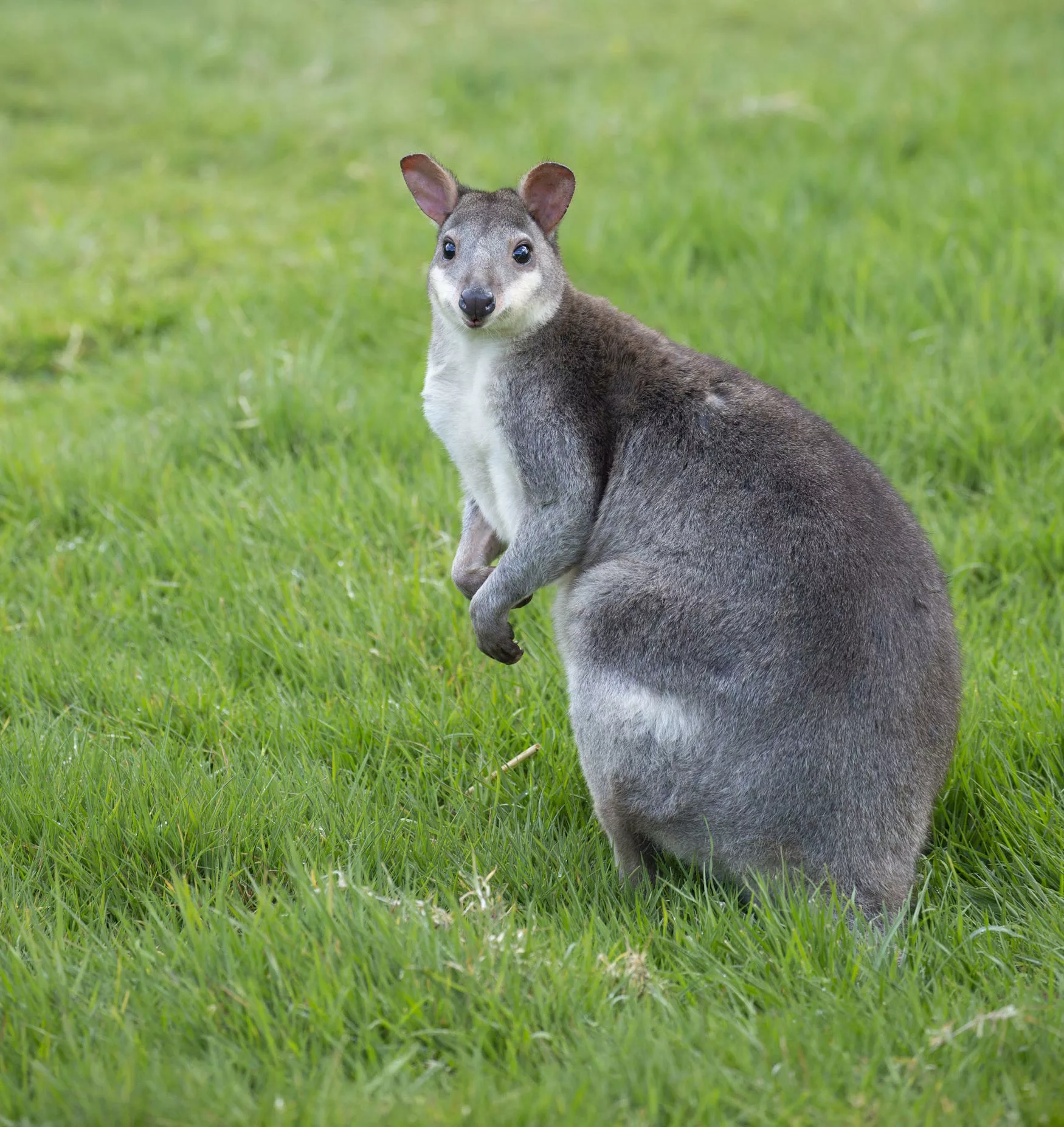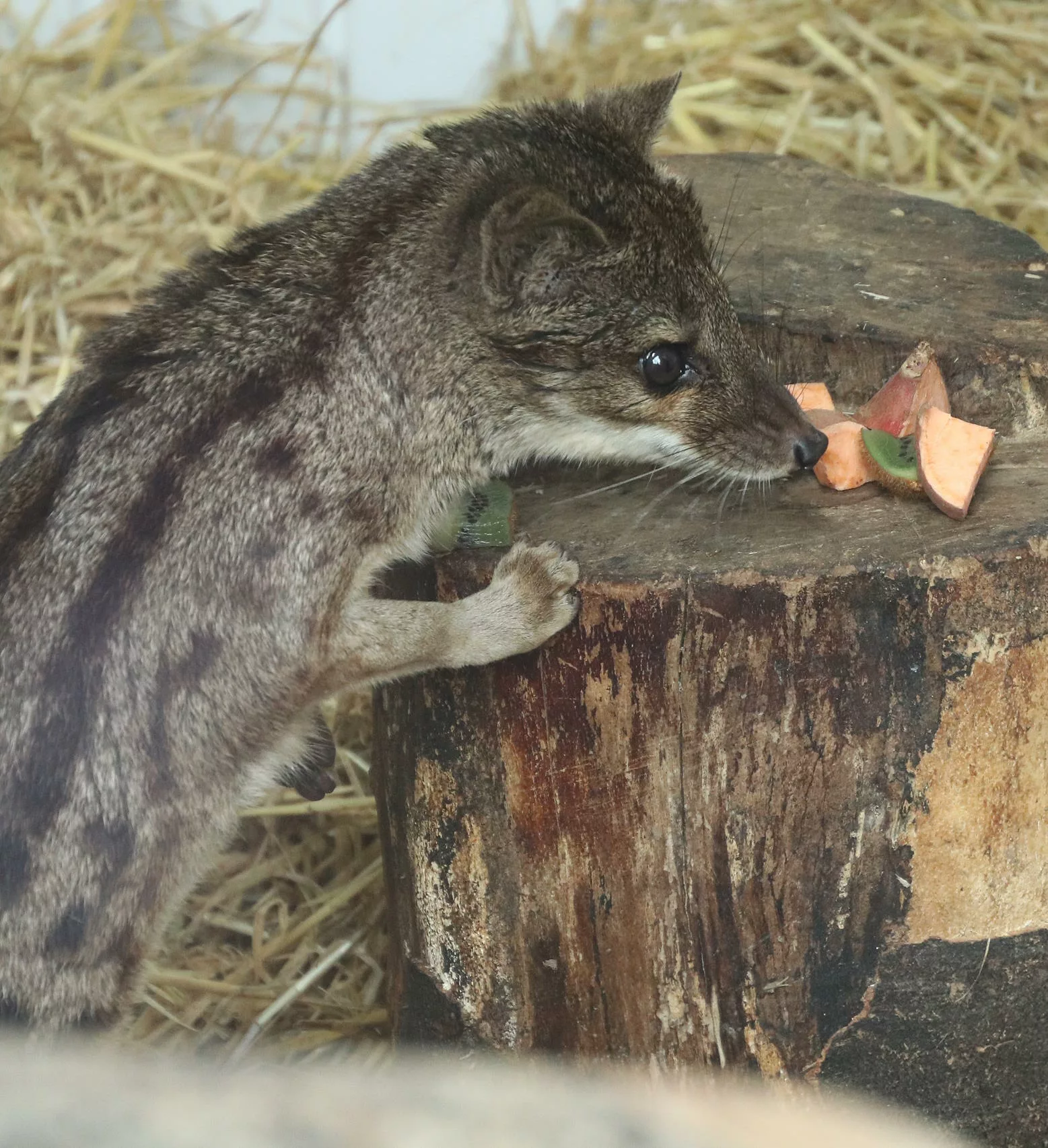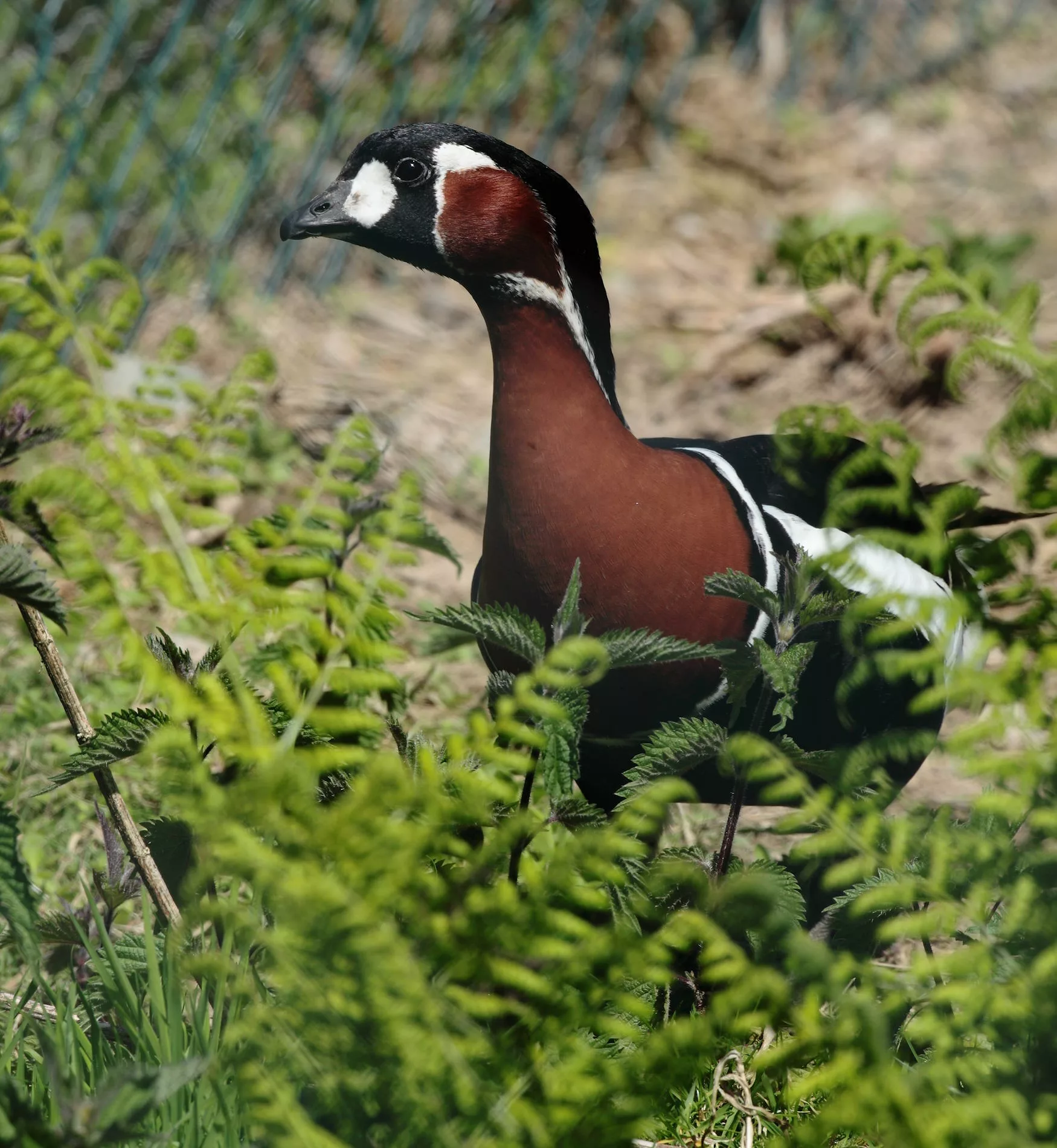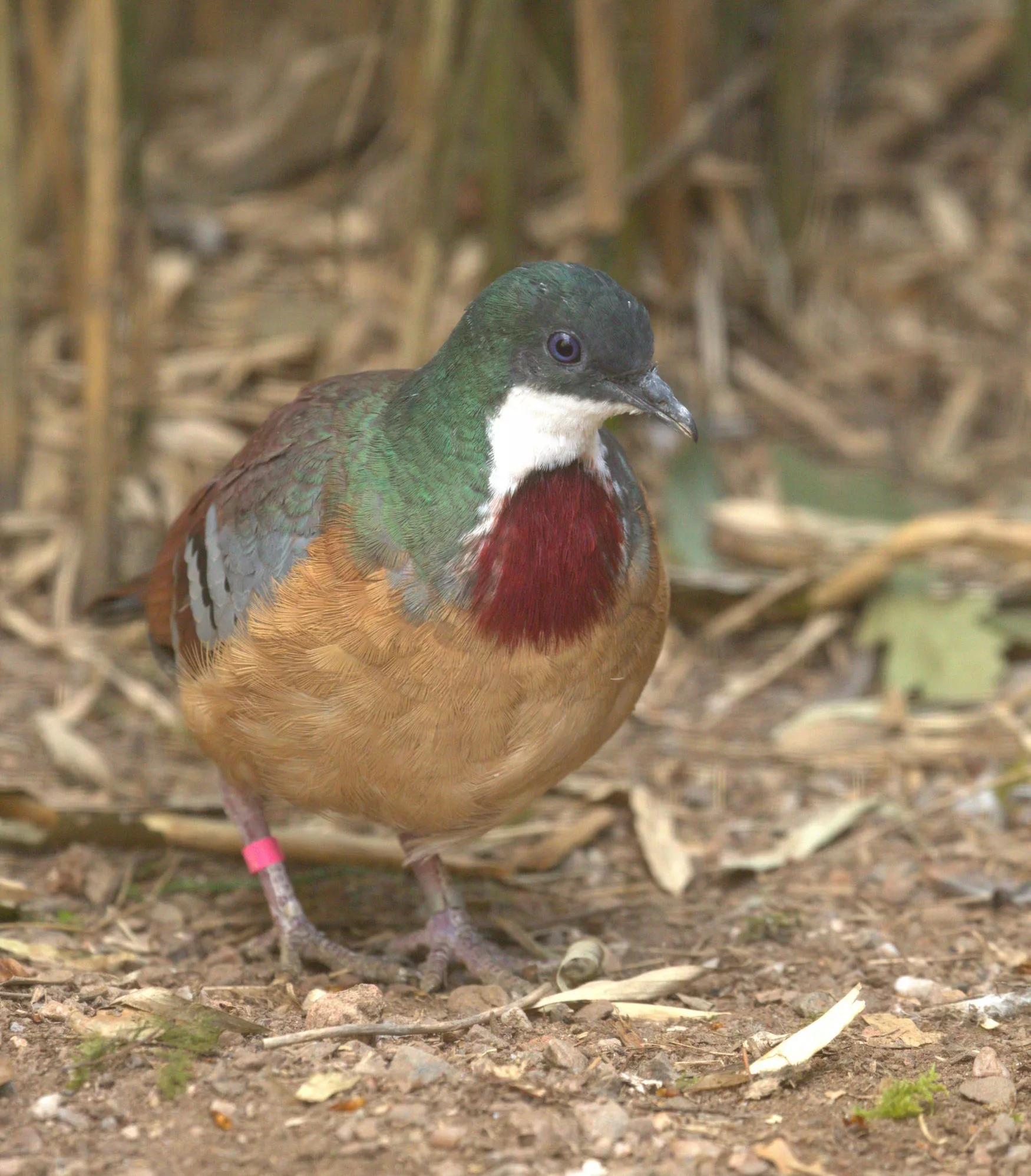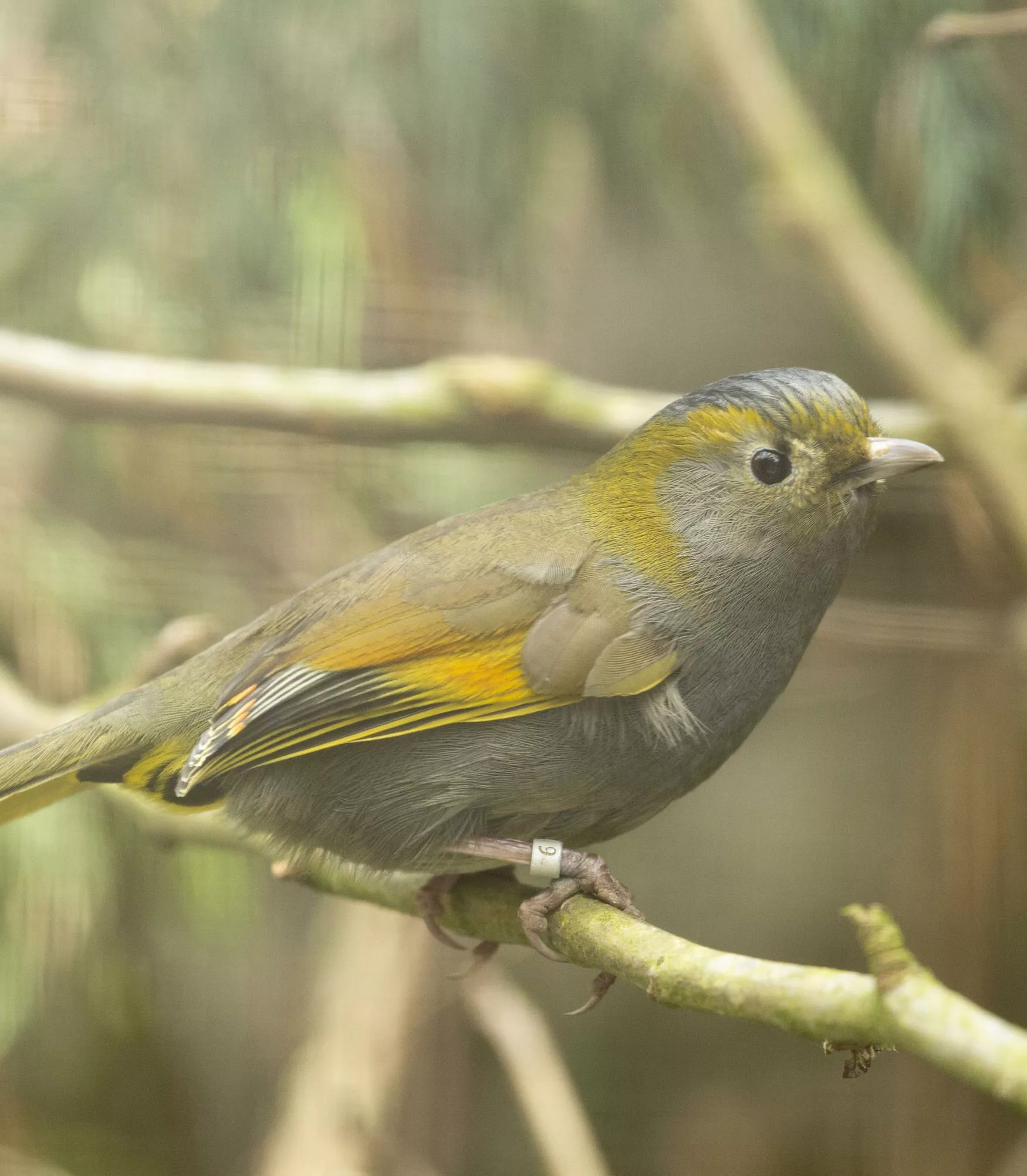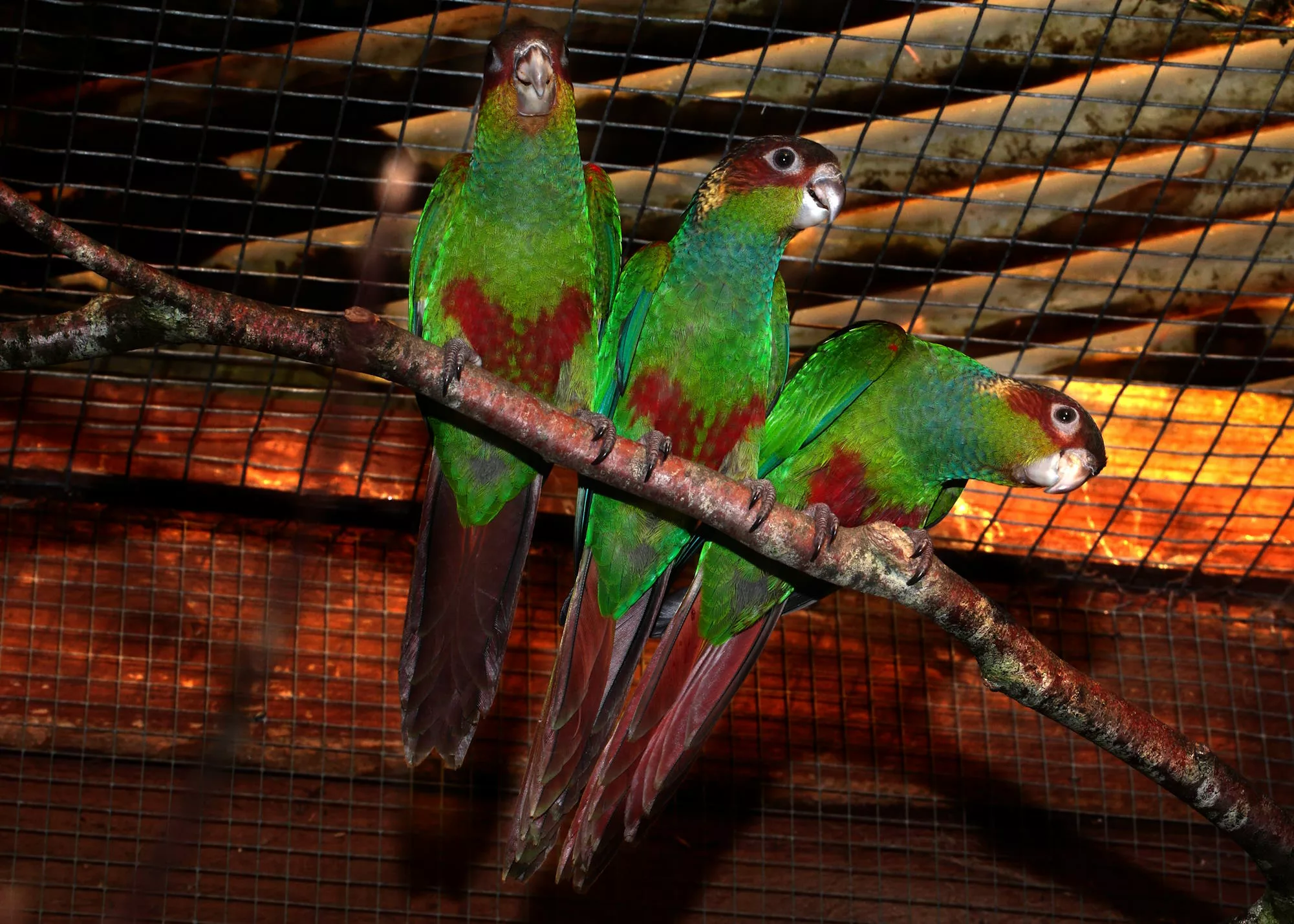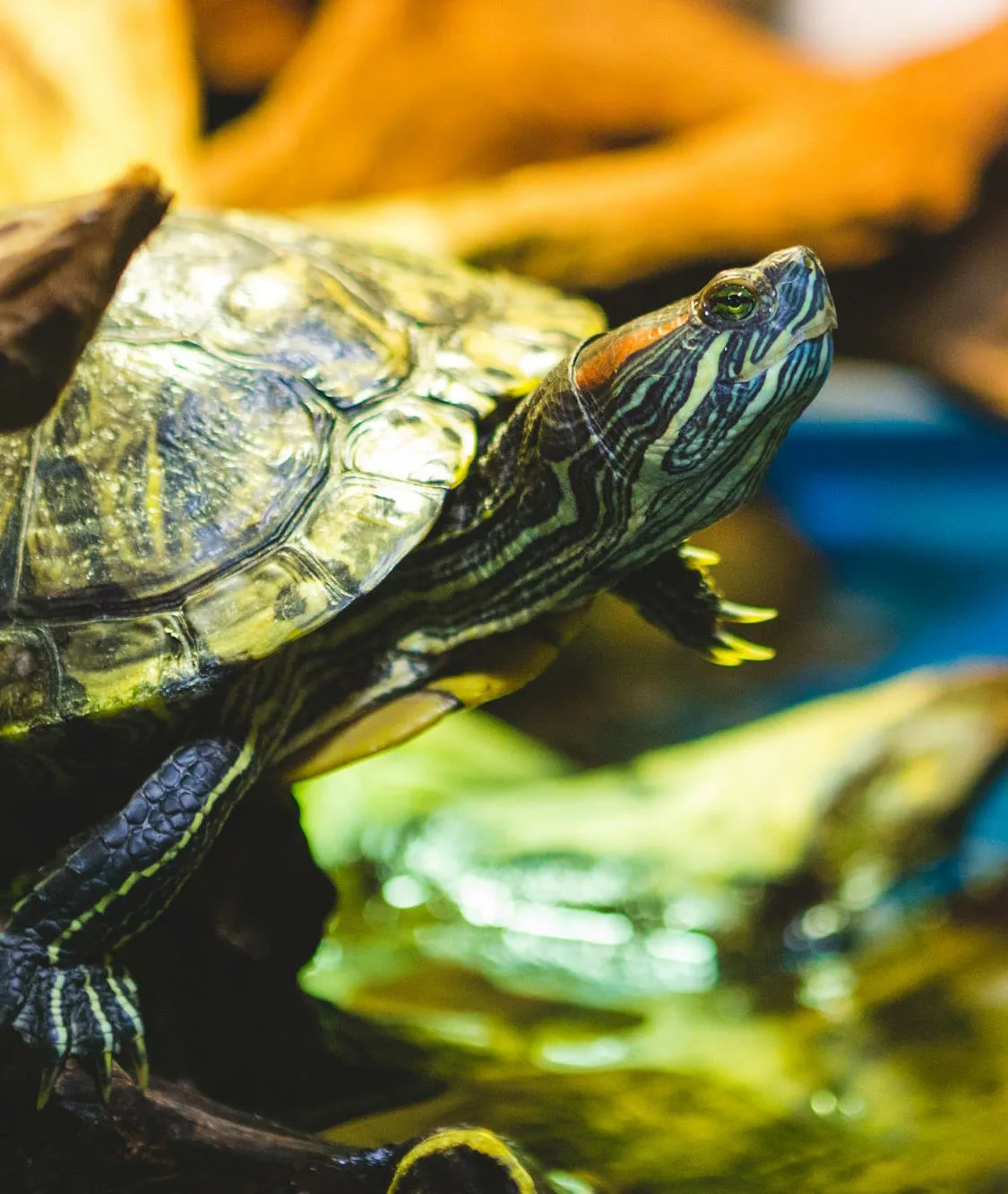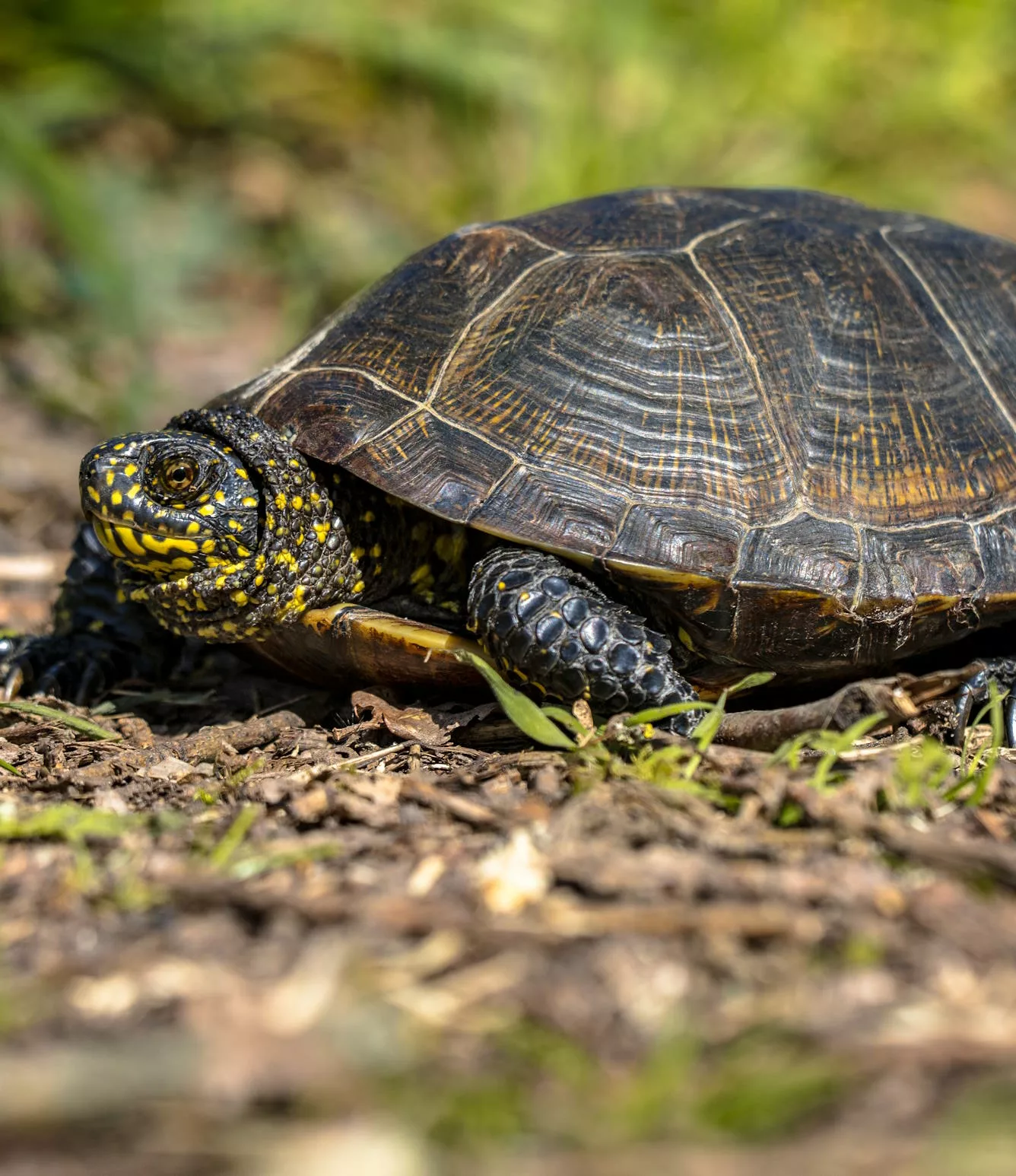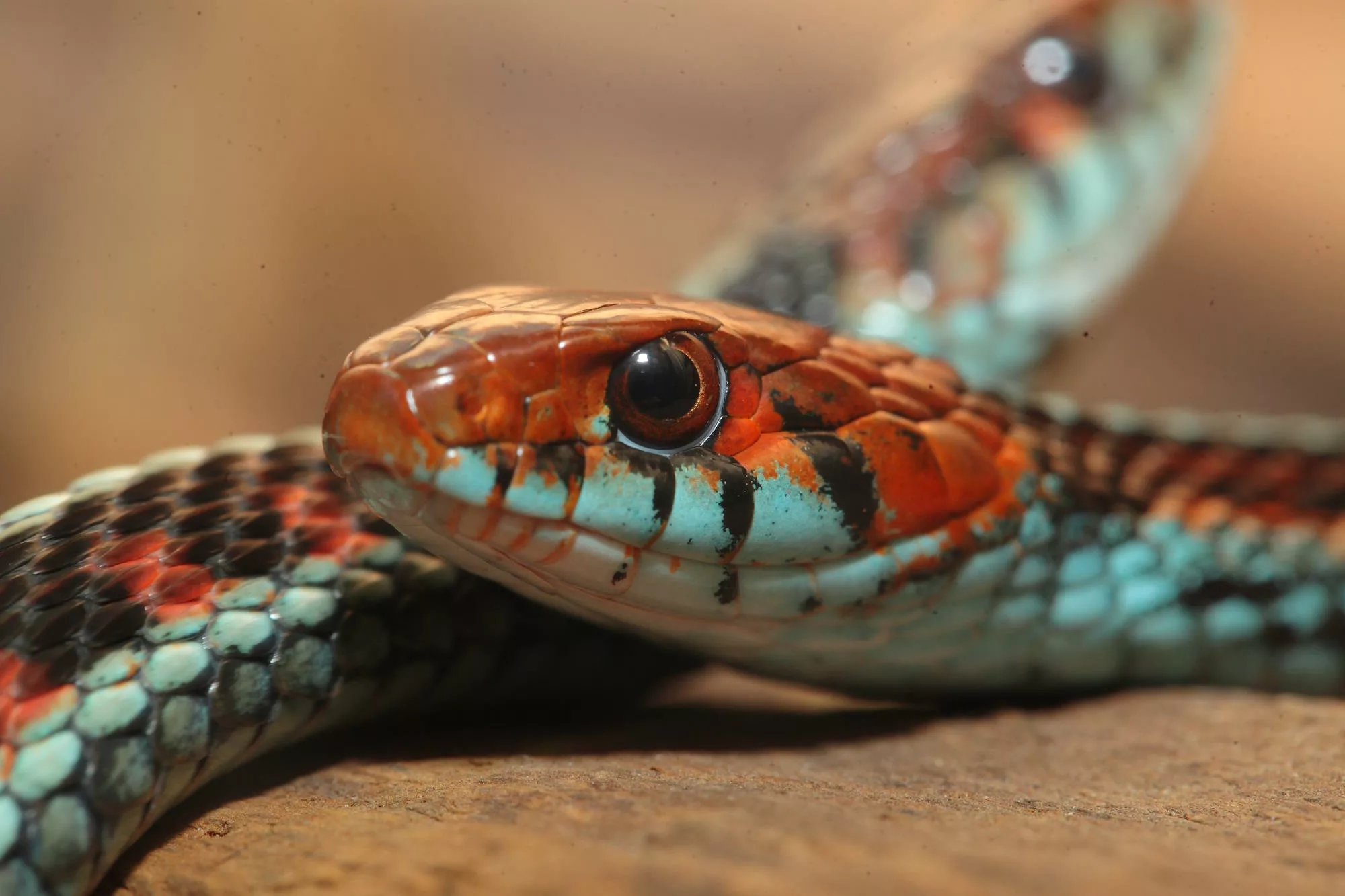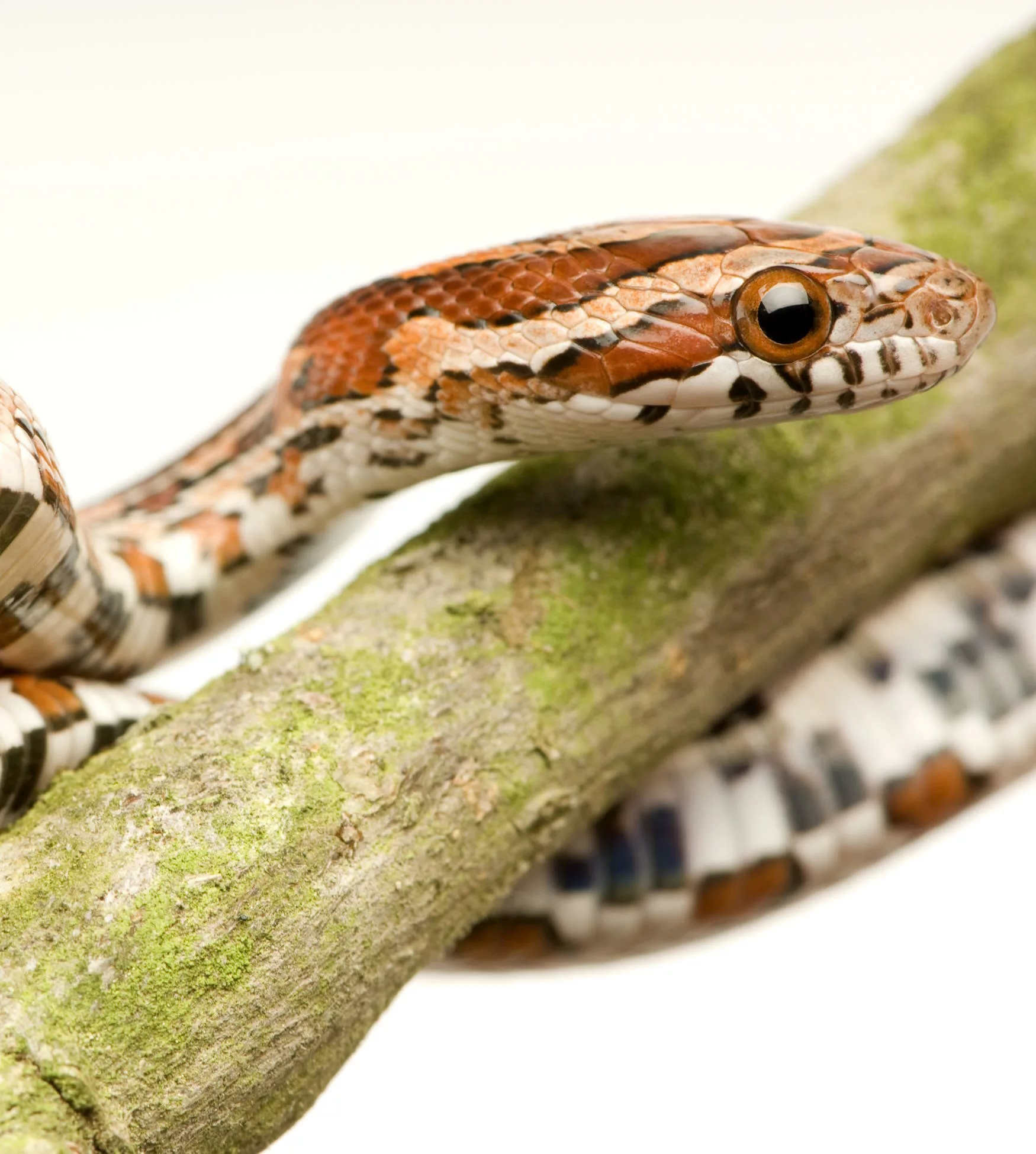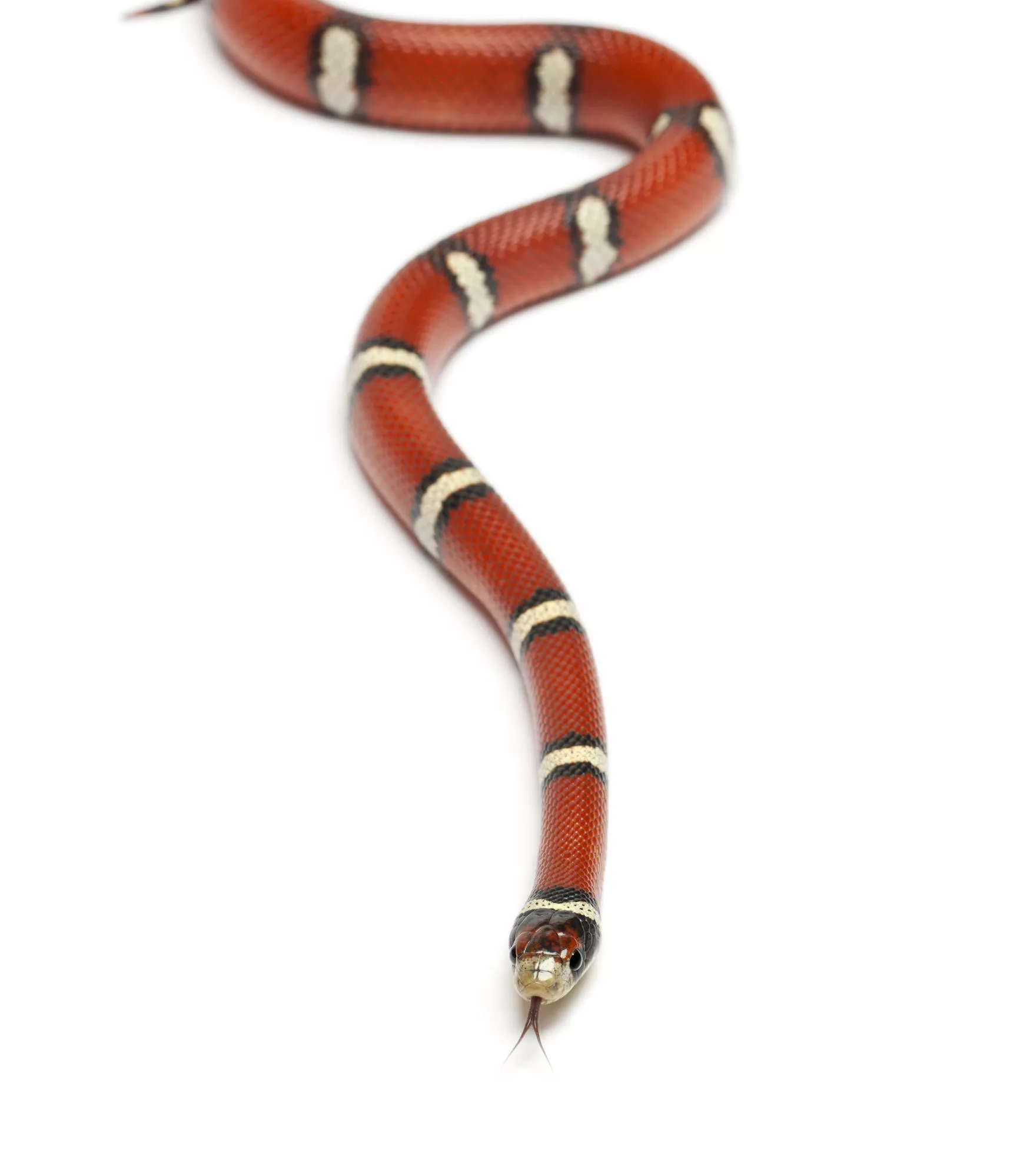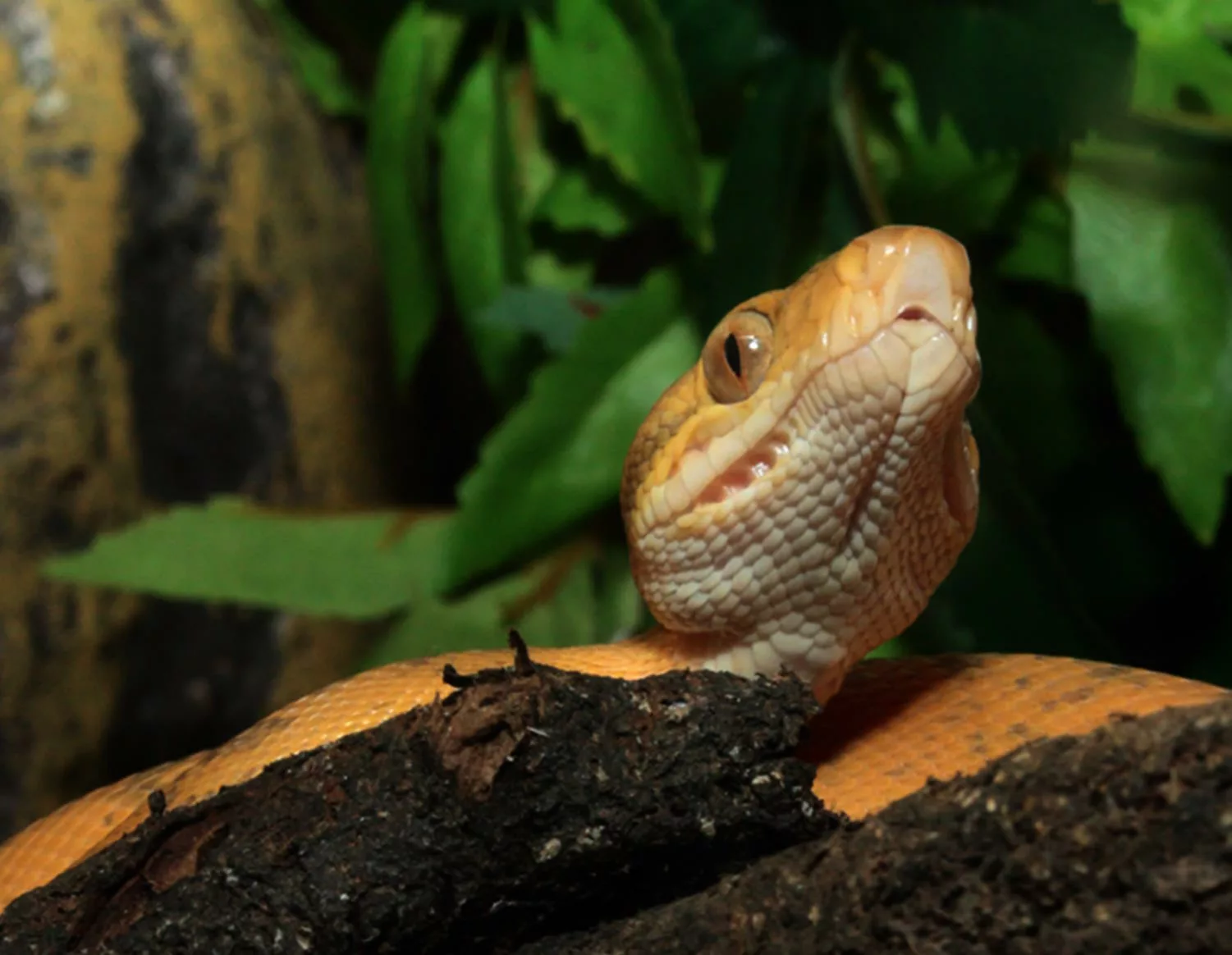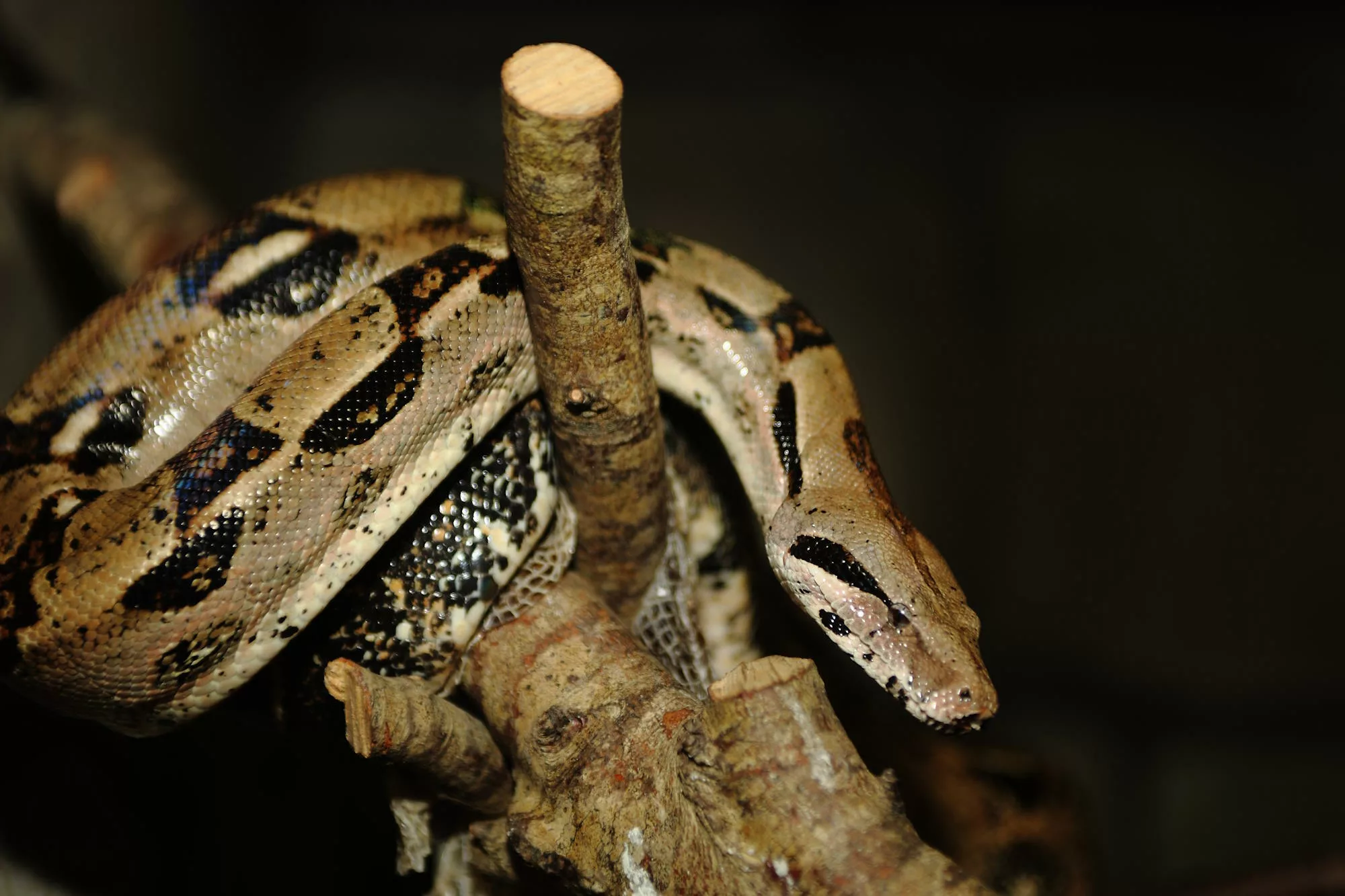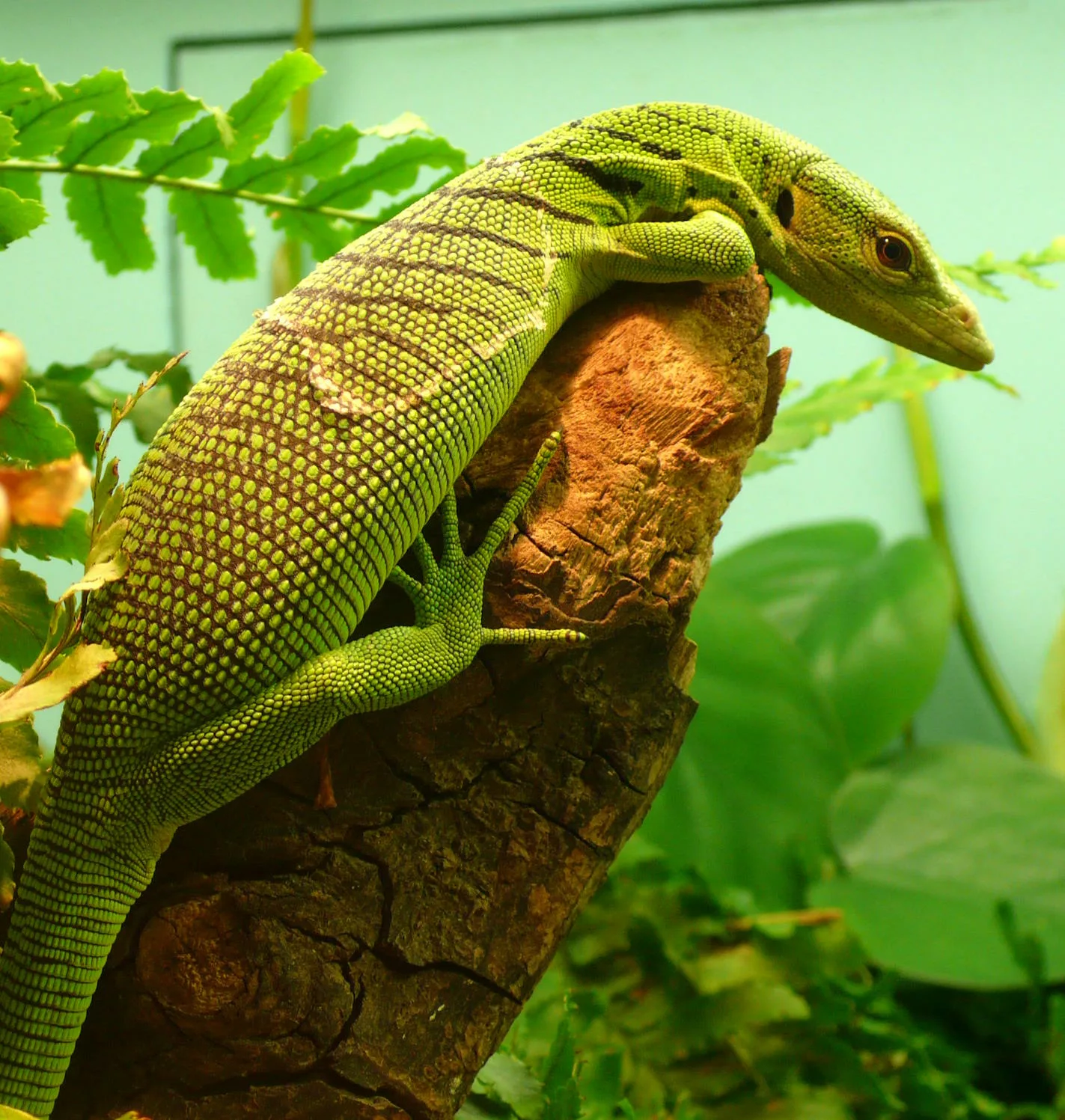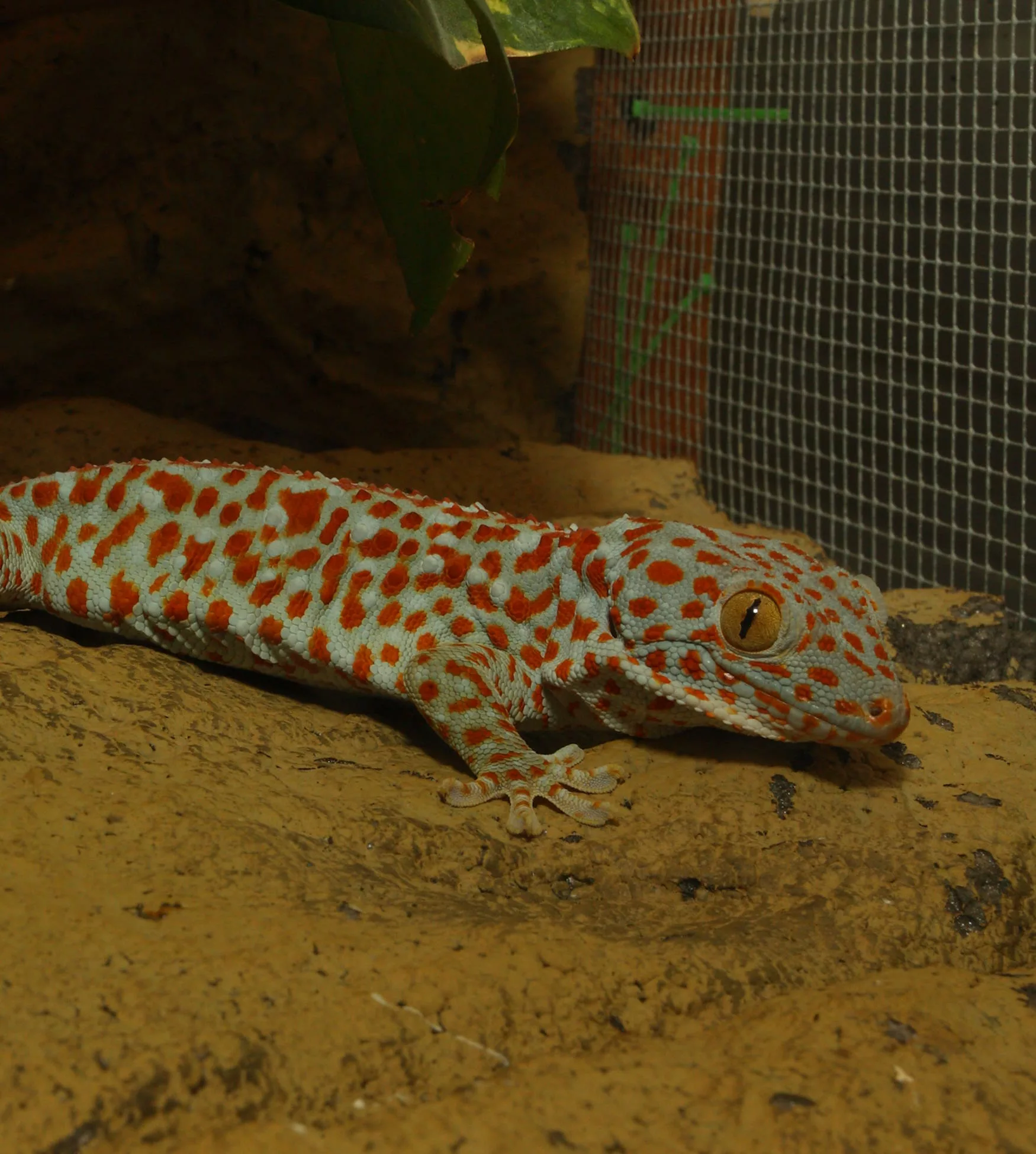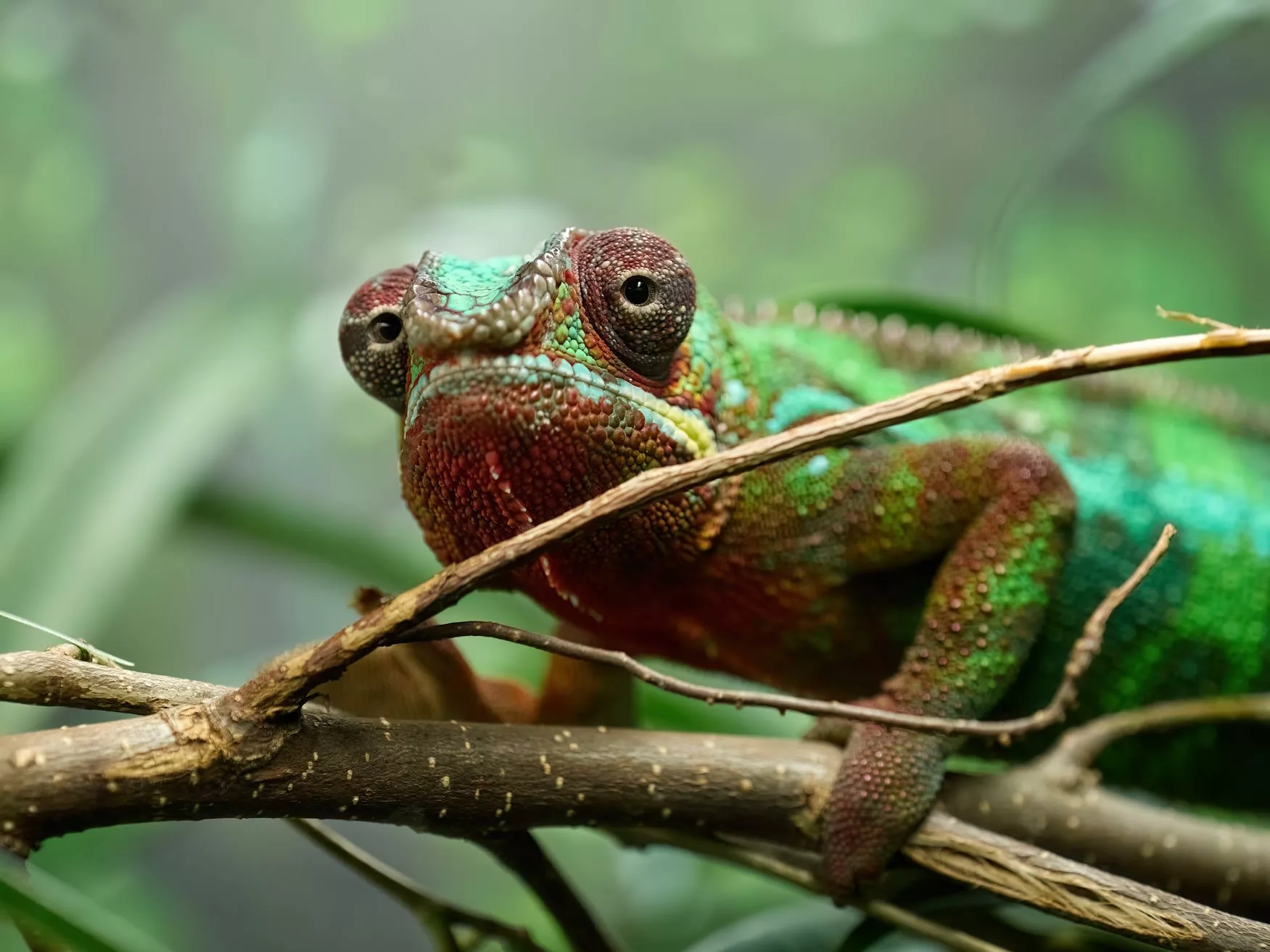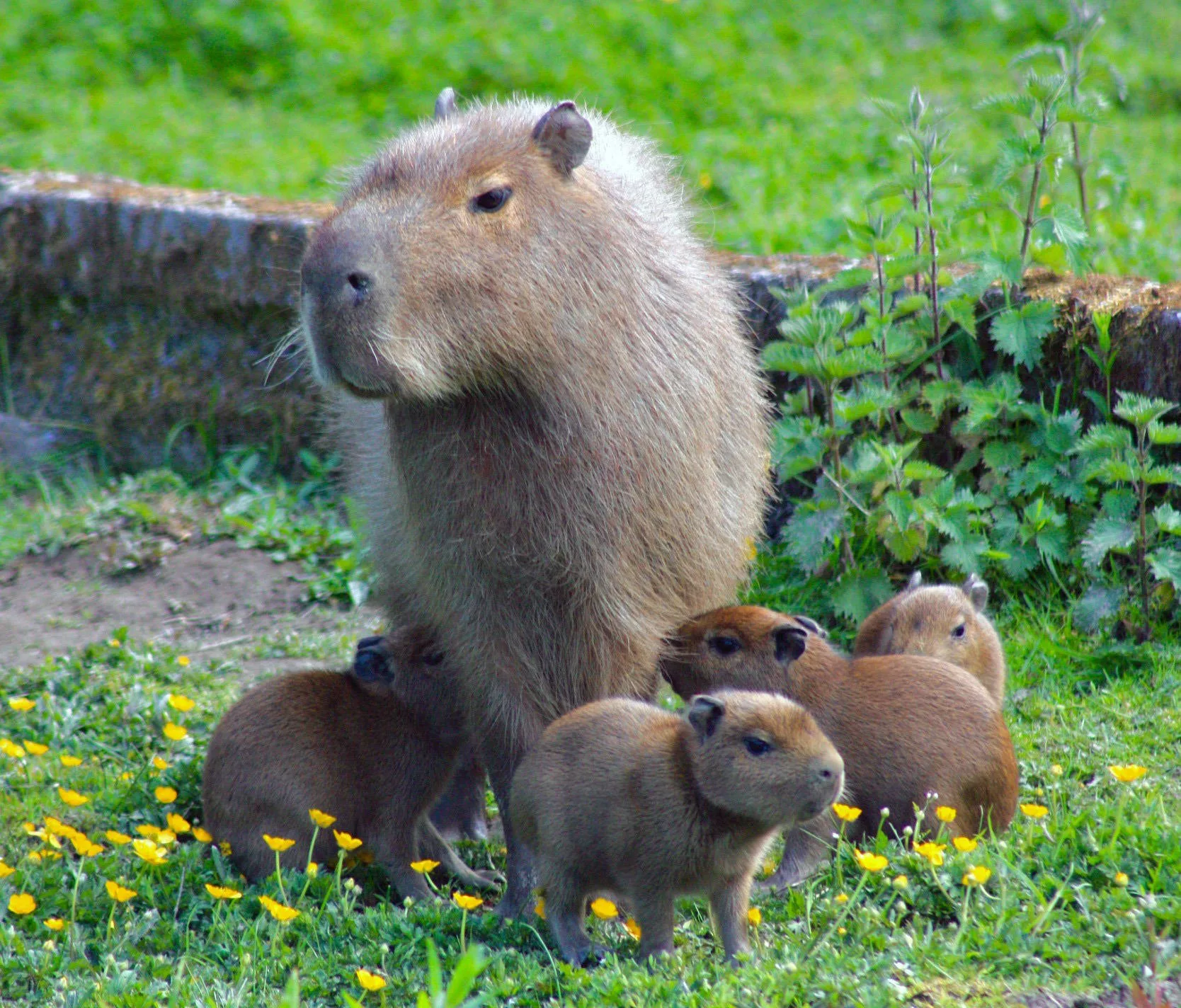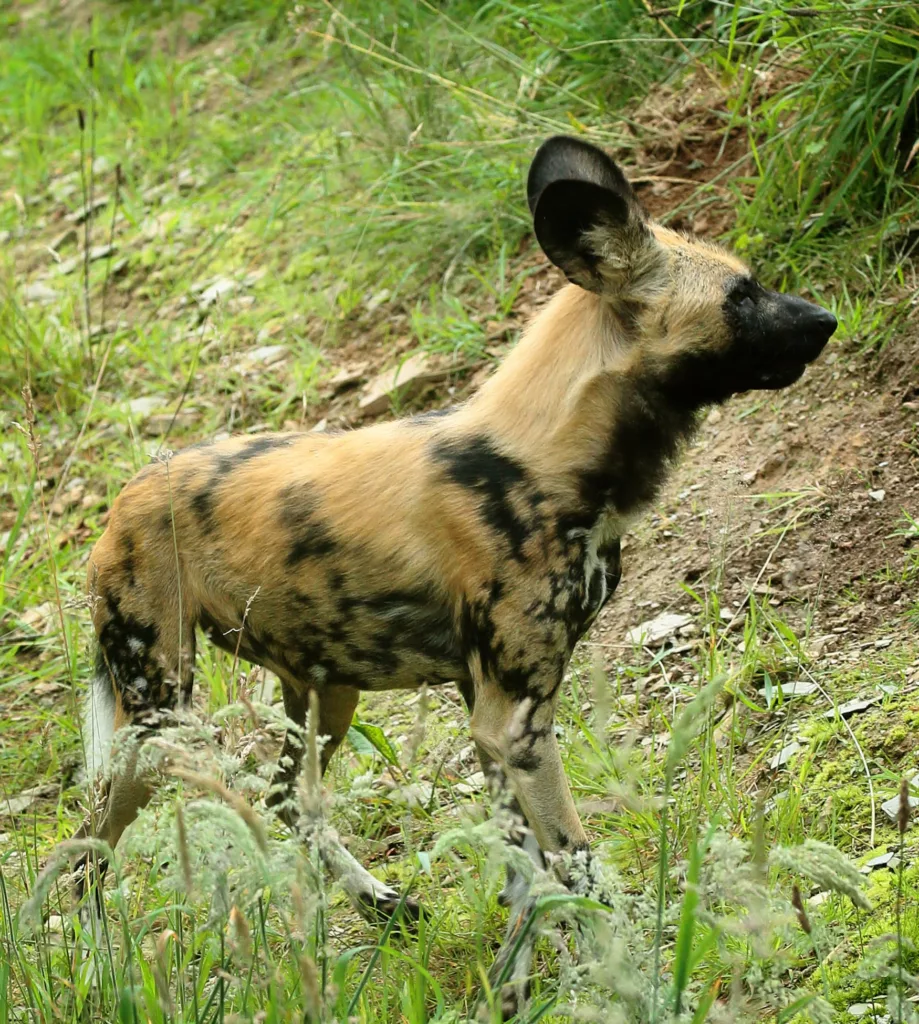
African wild dog
Scientific name: Lycaon pictus
IUCN listed as: Endangered
Learn before you visit!
Here are some facts about the species – Discover what they eat, find out about their natural habitat, see what they like to do, and more… Set the reading style to suit you too, everyday speak or something aimed towards children.
Child-friendly
Everyday
Diet
African wild dogs are carnivores, which means they mostly eat meat. They hunt in packs, working together to catch prey like gazelles, impalas, and other medium-sized animals. Sometimes they’ll also go after smaller prey like birds or rodents. Once they catch their prey, they eat almost everything, including the meat, organs, and bones, leaving very little waste behind.
African wild dogs are like a team of superheroes that love meat! They hunt together in packs and go after animals like gazelles and impalas. Sometimes they might catch smaller animals like birds or rodents, too. When they catch their dinner, they gobble up almost everything, including the meat, organs, and bones. They’re really good at working together to make sure nothing goes to waste!
Breeding
When African wild dogs want to have babies, they choose a mate from their pack. The mummy dog has a pregnancy that lasts about two to three months before giving birth. She usually has her puppies in a den or a safe spot away from other animals. After the puppies are born, the whole pack helps take care of them until they’re big enough to join in on hunts.
When African wild dogs want to start a family, they pick a mate from their pack. The mummy dog carries her puppies for about two to three months before giving birth. She usually has her babies in a cosy den hidden from other animals. Once the puppies are born, everyone in the pack helps take care of them until they’re old enough to go hunting.
Habitat
African wild dogs are found in diverse habitats across sub-Saharan Africa, like savannas and grasslands. They like places with sparse vegetation so they can easily hunt and move in groups. These habitats offer plenty of prey, such as gazelles and impalas. They also prefer areas close to water sources to quench their thirst.
African wild dogs live in different places across Africa, like grasslands and savannas. They like areas with not too many trees so they can run around and hunt together with their friends. These places have lots of food for them, like gazelles and impalas. They also like to be near water so they can have a drink when they’re thirsty.
At the zoo
We have two litter sisters from Port Lympne in Kent as part of the European Endangered Species Breeding Programme. They may be used for breeding in the future. By housing these two animals, we provide another zoo in the programme with an opportunity to breed.
We have two sister animals from Port Lympne in Kent. They are part of the European endangered species breeding programme and might be used for breeding in the future. By taking care of these two animals, we give another zoo in the programme a chance to have babies.
Behaviour
African wild dogs are pack animals, living together in groups called packs. They communicate through vocalizations, body language, and scent markings. When they hunt, they work together as a team, chasing and cornering their prey until it’s caught. After a successful hunt, they share their food with each other, especially the young and sick members of the pack.
African wild dogs live in groups called packs and talk to each other through sounds and smells. When they hunt, they team up and chase their prey together, like a big family working together. After they catch their food, they share it with everyone, especially the little ones and sick members of the pack. They’re really good at looking after each other and making sure everyone gets enough to eat.
Fun facts
- Team Players: African wild dogs live in close-knit packs, hunting and caring for each other.
- Coat Characters: Each dog’s fur has a unique pattern, like a fuzzy fingerprint.
- Marathon Chasers: They’re top-notch runners, chasing prey for miles until it tires.
- Pup Parties: Everyone helps raise the pups, teaching them vital survival skills.
- Vocal Vibes: They have a diverse language, using chirps and howls to communicate.
- Pack Pals: African wild dogs hunt and stick together in tight-knit packs.
- Fancy Fur: Each dog’s coat has a unique pattern, like a fuzzy fingerprint.
- Speedy Sprinters: They’re excellent runners, chasing prey for miles until it tires.
- Family Helpers: Everyone pitches in to raise the pups and teach them important skills.
- Chatty Canines: Wild dogs talk to each other using different sounds to stay close and coordinate hunts.
More animals to discover at our zoo
Quick Links
Tickets & Prices
You can buy tickets for Exmoor Zoo securely online, as well as finding out more price options, discover offers, and more…
What’s on…
Exmoor Zoo hosts incredible Events all through the year. You can find out about what we’ve got in store here…
Routes & info
Like any great discovery, Exmoor Zoo can feel a little off the beaten path – but don’t worry – you can plan your journey with our recommended routes and other useful travel info.
